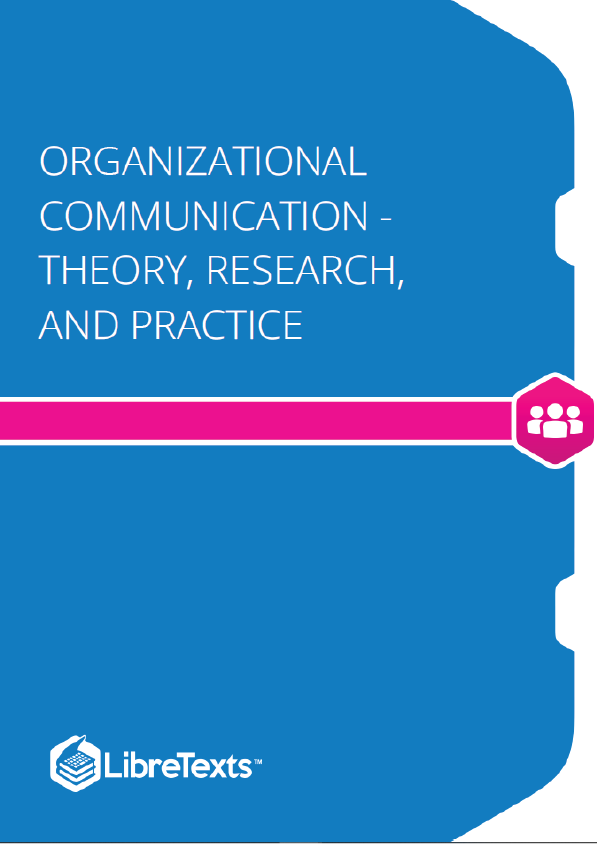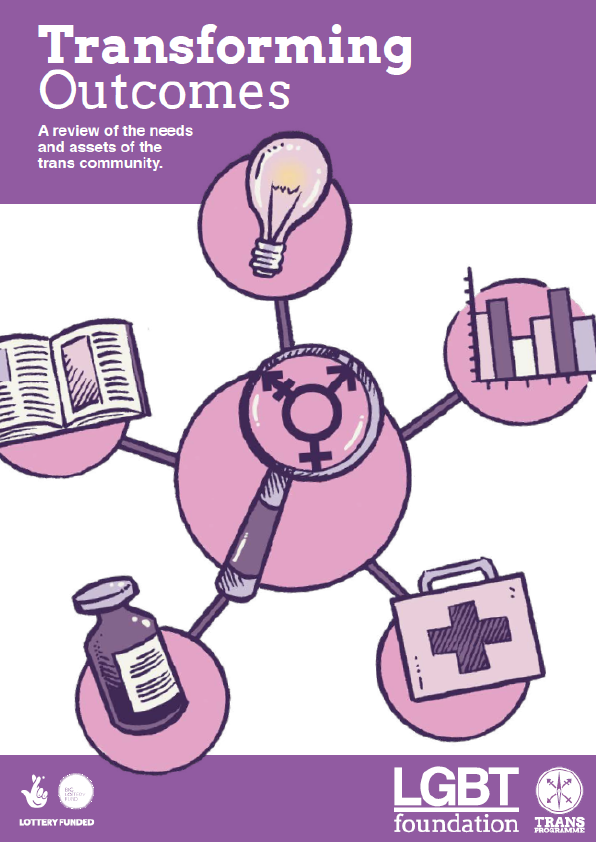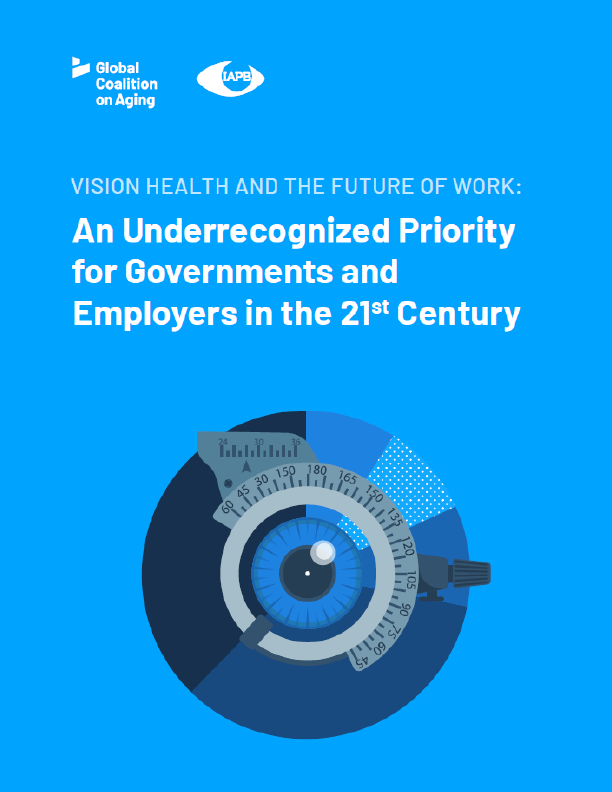Welcome to your journey to becoming a communication scholar! We developed this workbook to guide you through the semester as you learn how understand and conduct scholarly research. What does it mean to be a scholar? A scholar is someone who specializes in a particular area of study. For you, this area is communication. And how do you become a scholar? By doing research.
But why is it important for you to learn research skills? You might be thinking, I want to be a journalist or make TV shows or work in public relations, why do I need to learn how to do research? Well, if you want someone to watch your TV show, read your article, or listen to your campaign, you will need to conduct research to see if the audience you’re targeting even exists. You will need to research to find out if your ideas are original, what the person you’re interviewing for an article has done in the past, or what makes a successful public relations campaign. You’ll need data in order to pitch your new TV show idea.
To be successful in organizational and business communication, it is essential that you learn how to effectively promote successful communication in any institution. This may include writing training manuals, employee handbooks, or conducting in-depth personnel research to ensure overall satisfaction of employees. Also, scholarly research is the foundation of any discipline, and many of the core principles of this field are derived from scholarly research. Because we want you to succeed in the industry, we will spend the semester learning how to conduct research in the field of communication. We’ll start by providing you with a short history of communication research, show you how to gather academic research, and teach you how to write a literature review. Let’s get started!
When we consider rhetoric, the study of the art of persuasive speaking, the history of communication research can be traced back tothe days of Aristotle. You will learn more about rhetoric in your public speaking and communication theory courses, so we won’t take a deep dive into it here, but the larger point is that humans have been interested in studying communication since 300 B.C. Modern communication research and efforts to define and “model” the process of communication, however, is typically traced back to the early 20th century.
Walter Lippmann’s (1922) book Public Opinion is a seminal piece in the early study of communication. Lippmann’s (1922) focus on communication and democracy might sound familiar to you; his objective was to highlight problems facing democracy by discussing how public opinion consists of “pictures inside people’s heads [that] do not automatically correspond with the world outside” (p. 19). He argued that people’s access to facts are often limited, thus public opinions are often misleading and inaccurate, but yet we still tend to collectively act upon them. John Dewey’s (1927) book The Public and its Problems took a similar view of the communication process, but he had a more optimistic view, “When communication occurs, all natural events are subject to reconsideration and revision; they are re-adapted to meet the requirements of conversation, whether it be public discourse or that preliminary discourse termed thinking” (p. 132). Both Lippmann and Dewey set the stage for future study of communication by highlighting its importance in social life, democracy, and community.











